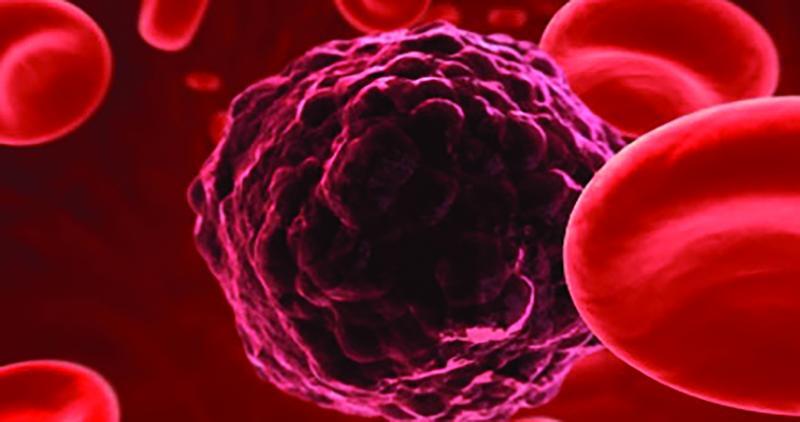A large study sponsored by privately held Guardant Health Inc of California showed that its Guardant360 liquid biopsy test, which looks at bits of tumor DNA in blood samples, closely mirrored the cancer genes taken from traditional tissue biopsies.
The findings, presented on Saturday at the American Society of Clinical Oncology meeting in Chicago, suggest that blood tests might be a suitable alternative in some cases to tissue biopsies for guiding treatment decisions.
Doctors increasingly have been using tissue biopsies – tiny bits of tumors removed surgically from patients – to determine which genes are driving the growth of cancers. They use this information to select targeted treatments that attack those genetic drivers.
But in some cases, tissue biopsies are difficult to obtain, or there is not enough tissue present for genomic testing.
Several companies have been racing to develop so-called liquid biopsies, which can identify tiny genetic material, shed by tumors, that circulates in the blood, without the need for invasive surgery to remove pieces of the tumor.
But so far, there have been few large studies looking at how well the tests compare with traditional tissue biopsies.
The Guardant-backed study included samples from 15,191 patients with advanced lung cancer, breast caner, colorectal cancer and other tumors. Each provided one or more blood samples for analysis.
The researchers did various tests to see how liquid biopsies compared with tissue biopsies. In one test, the team compared tumor genes found in blood samples to the results of genetic testing of tumor samples in 398 patients.
When the liquid biopsy tests identified key genes known to drive cancer growth, such as BRAF, KRAS, EGFR, ALK, RET and ROS1, those same mutations were also present in 94 percent to 100 percent of the tissue samples from these same patients.
The team also compared liquid biopsies to data from published results of cancer patients and showed the tests identified the same cancer genes frequently associated with those cancers.
Overall, liquid biopsies matched the results of tissue samples 87 percent of the time. When blood and tumor samples were done no more than six months apart, the accuracy went up to 98 percent.
Dr. Edward Kim, an oncologist at the Carolinas HealthCare Systems’ Levine Cancer Institute said the findings add to the growing body of evidence showing a correlation between liquid biopsies and tissue biopsies.
“They show correlations with the tissue about where you would expect them,” he said. Kim said the differences seen in patients who had developed resistance mutations was not surprising, given that the tissue and blood samples were not always taken at the same time.
Nevertheless, Kim says he still prefers tissue biopsies.
“Right now, in 2016, I think it’s a complementary test,” he said, noting that it is most useful when tissue is not available for genetic testing, as is often the case with lung cancer patients, where tissue biopsies are difficult to obtain.
Guardant Health Chief Executive Helmy Eltoukhy said in an interview that the company is not trying to replace the diagnostic biopsy, but he thinks liquid biopsies have utility for every point after that.
“Whenever genomic information is needed and tissue is difficult to obtain, is old, lost or used up, this is where this test has its sweet spot,” he said.
The test could also be used to monitor changes as cancer mutates over time.
Dr. Sumanta Kumar, an ASCO expert in developmental therapeutics, said in a statement that having a “good, reliable option beyond a tumor biopsy could have a major impact on our ability to select the right therapy for the right person.”
Source: REUTERS











